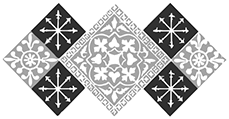Kermesse
KERMESSE (also KERMIS and KJRMESS), originally the mass said on the anniversary of the foundation of a church and in honour of the patron, the word being equivalent to " Kirkmass." Such celebrations were regularly held in the Low Countries and also in northern France, and were accompanied by feasting, dancing and sports of all kinds. They still survive, but are now practically nothing more than country fairs and the old allegorical representations are uncommon. The Brussels Kermesse is, however, still marked by a procession in which the effigies of the Mannikin and medieval heroes are carried. At Mons the Kermesse occurs annually on Trinity Sunday and is called the procession of Lumecon (Walloon for limaQon, a snail) : the hero is Gilles de Chin, who slays a terrible monster, captor of a princess, in the Grand Place. This is the story 6f George and the Dragon. At Hasselt the Kermesse (now only septennial) not only commemorates the Christian story of the foundation of the town, but even preserves traces of a pagan festival. The word Kermesse (generally in the form " Kirmess ") is applied in the United States to any entertainment, especially one organized in the interest of charity.
See Demetrius C. Boulger, Belgian Life in Town and Country (1904).

Note - this article incorporates content from Encyclopaedia Britannica, Eleventh Edition, (1910-1911)


